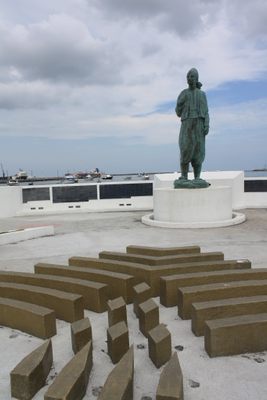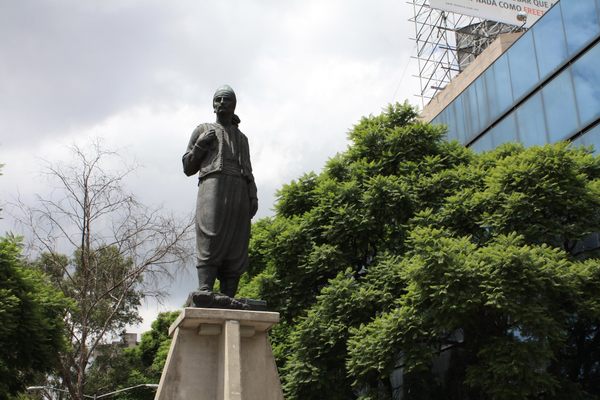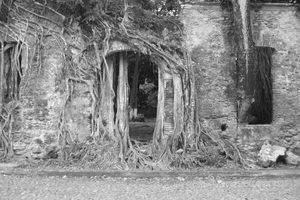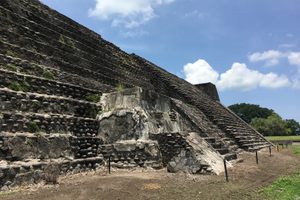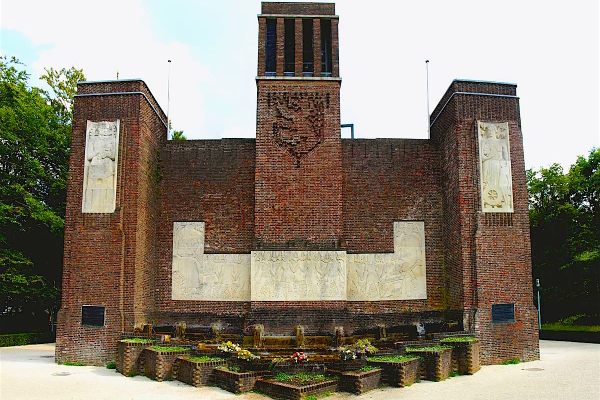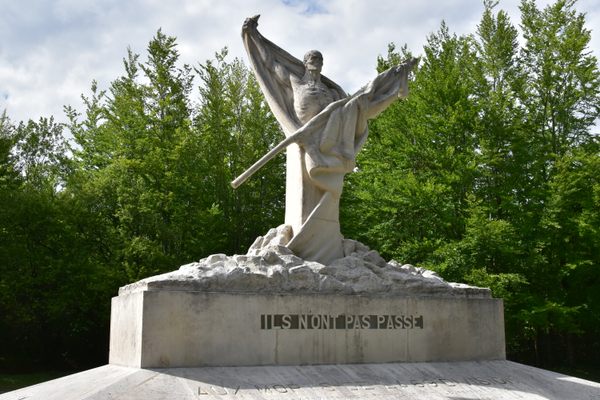About
El Puerto de Veracruz (as the Gulf city is now commonly known to distinguish it from the homonymous state) was Mexico's main entry point along the Gulf coast. As such, when Mexico began to establish itself as a semi-stable democracy after achieving independence, Veracruz was the point of entry for many immigrants and refugees coming from Europe and the Middle East.
Most of these migrants arrived in the late 19th and early 20th centuries. One notable group was children orphaned or abandoned during World War II and the Spanish Civil War. Another group began arriving from the Middle East in the 1880s, following economic uncertainty in the Mount Lebanon Protectorate, which included parts of the modern-day countries of Lebanon, Syria, and Iraq. Further waves of immigration followed given the political instability in the region, especially in the period of the 1930s to '60s during the Arab-Israeli wars.
The cultural influence of these waves of Middle Eastern migrants, many of whom identify with the Lebanese Christian culture, can be seen in all areas of Mexican life. One notable example is gastronomy, where Ottoman vertical roasting techniques eventually gave birth to tacos al pastor and tacos árabes in Central Mexico, and kibis (based on keppeh) in the Yucatán Peninsula. In religion, migrants introduced the cult of Saint Charbel, which is now spread throughout the country.
In order to commemorate the achievements of this community, the Lebanese Cultural Center opened in Mexico City in 1967. The center included a statue created by Lebanese-Mexican artist José Ramiz Barquet that has since been reproduced throughout the world. There are copies in Mexican cities like Chihuahua, Puebla, and Mérida, and internationally in Brisbane and Melbourne, Australia, and Victoria, Canada.
Interestingly, Lebanon itself requested a copy of the statue to be placed along Beirut's waterfront to represent the departure point for most of the diaspora. This statue, inaugurated in the mid-2000s, was coupled with another in Veracruz, representing the arrival point.
In Veracruz, the statue was unveiled in 2007 along with a plaza honoring Middle Eastern migrants. Concrete blocks in the abstract shape of an iconic Lebanese cedar were placed in front of the statue, and a half-circle covered in metal plaques placed to its back. The plaques are engraved with the names of about 500 original migrants memorialized by their descendants. These names include the ancestors of personalities like actress Salma Hayek, former presidential candidate José Antonio Meade, and businessman Carlos Slim (as well as of his late wife Soumaya Domit, the namesake of the Soumaya Museum in Mexico City).
Related Tags
Know Before You Go
The plaza is located along Veracruz's waterfront Malecón and accessible at all times.
NEW - Yucatan: Astronomy, Pyramids & Mayan Legends
Mayan legends, ancient craters, lost cities, and stunning constellations.
Book NowCommunity Contributors
Added By
Published
September 3, 2019
Sources
- https://www.middleeasteye.net/features/inside-arab-heart-mexico-city
- http://www.ulcm.org/es/emigracion/la-historia-de-la-estatua---el-emigrante-liban%C3%A9s
- https://www.visitmexico.com/en/actividades-principales/veracruz/meet-the-history-of-veracruz
- https://www.lajornadadeoriente.com.mx/2008/09/02/puebla/c4elv21.php
- http://www.informaciondelonuevo.com/2017/03/conmemoraron-en-merida-el-dia.html?m=1
- http://laopcion.com.mx/noticia/15036#!/close
- https://monumentaustralia.org.au/themes/landscape/settlement/display/100494-el-emigrante
- https://www.puertovallarta.net/what_to_do/sculptures-00-5-nostalgia
